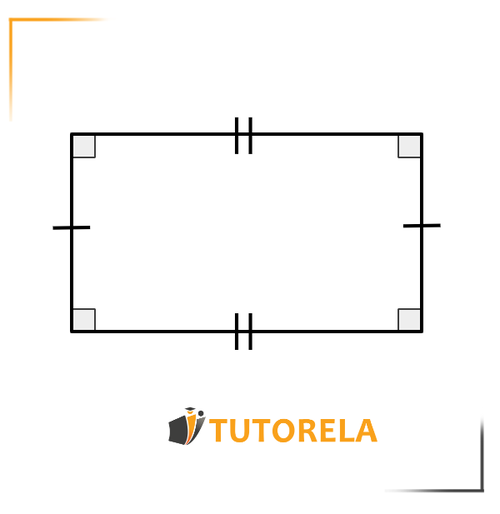In any typical rectangle, the diagonals intersect and bisect each other, meaning they divide each other into two equal parts. However, they do not bisect the angles of the rectangle. This is a characteristic property of the diagonals in a rhombus or square, where each diagonal does indeed bisect the angles from which it extends.
To further understand this, let's analyze the diagonal behavior:
- The diagonals of a rectangle are equal in length and split the rectangle into two congruent right-angled triangles.
- These triangles have angles which consist of the original rectangle's angles and two parts from the diagonal intersect. However, the diagonals do not split the original angles equally.
- If the diagonals of a rectangle properly bisected the rectangle's angles, it would mean each angle at the vertices (e.g., the angles at A, B, C, D) is divided equally into two smaller angles. But this is not true for rectangles, as the diagonals merely act as chords intersecting the rectangle, forming unequal angles unless it is a square.
Therefore, it's crucial to recognize that while a rectangle's diagonals bisect each other, they do not bisect the rectangle's angles unless the rectangle is a square.
As such, the statement that "The diagonals of rectangle ABCD bisect its angles" is False.
